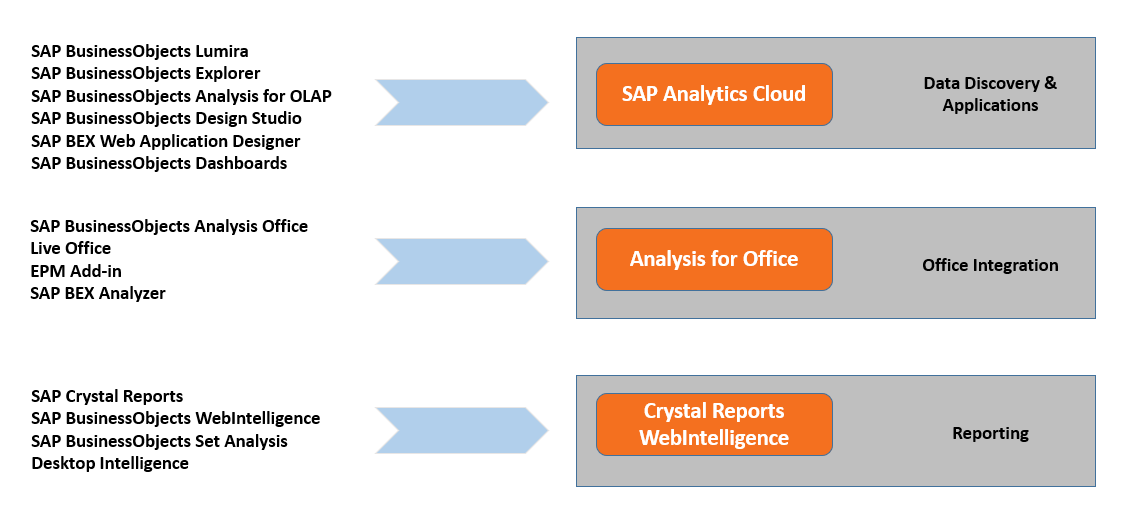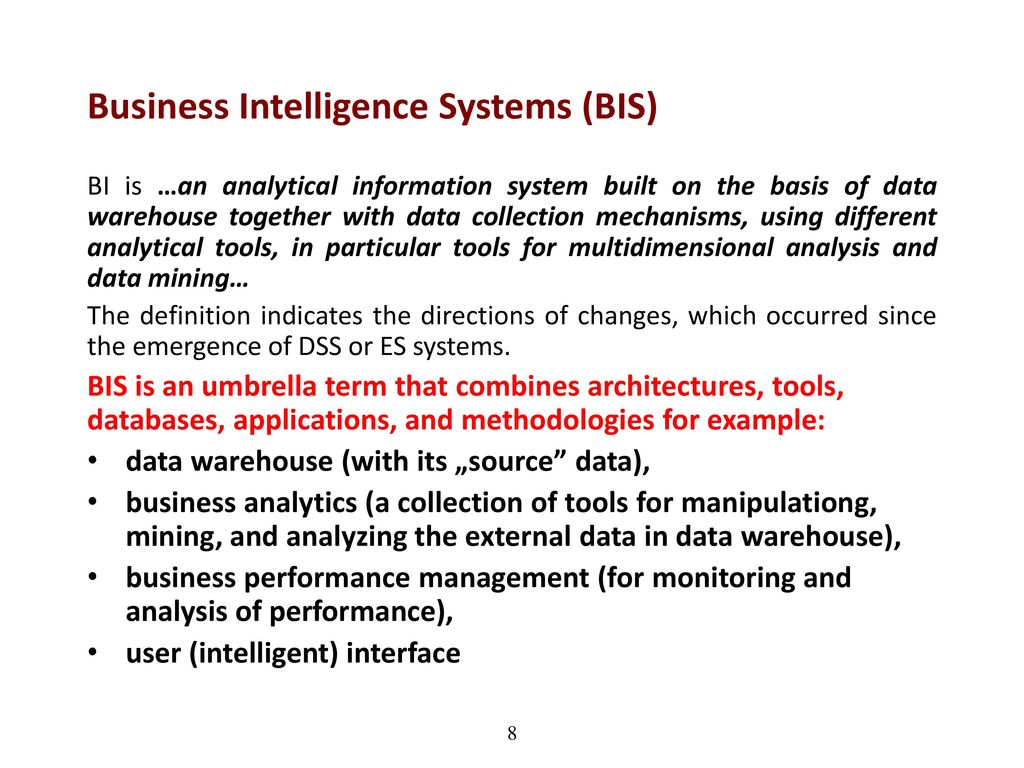**SAP Business Intelligence: Empowering Data-Driven Decisions**
In today’s data-saturated world, businesses are grappling with an overwhelming deluge of information. SAP Business Intelligence (SAP BI) emerges as a game-changer, enabling organizations to transform raw data into actionable insights that drive informed decision-making. SAP BI offers a comprehensive suite of tools and technologies designed to help businesses unlock the hidden value of their data.
**Data Preparation: The Foundation of Success**
Before embarking on an SAP BI journey, it’s crucial to ensure the quality and integrity of your data. This involves cleansing, transforming, and harmonizing data from various sources to create a unified and consistent data foundation. Without accurate and clean data, SAP BI solutions can only deliver limited and potentially misleading insights.
**User Training: Unlocking the Potential**
SAP BI is not just a piece of software—it’s a tool that empowers users to extract and interpret data effectively. To ensure widespread adoption and maximum ROI, comprehensive training is paramount. Users should gain not only technical proficiency but also a deep understanding of the business context and the analytical capabilities of SAP BI.
**Implementation of SAP Business Intelligence**
Successful SAP BI implementation requires careful planning and execution. It’s not a one-size-fits-all approach but rather a tailored journey that involves various stakeholders and considerations. This phase encompasses:
1. **Defining Business Requirements:** Identifying the specific business goals and objectives that SAP BI will support.
2. **Data Source Selection:** Choosing the most appropriate data sources to feed the SAP BI system.
3. **Solution Design:** Customizing the SAP BI platform to meet specific business requirements and workflows.
4. **Sizing and Infrastructure Planning:** Determining the optimal hardware and software resources to support the SAP BI environment.
5. **Integration with Existing Systems:** Seamlessly connecting SAP BI with other business-critical systems to ensure a holistic view of data.
6. **Go-Live Strategy:** Planning and executing the go-live process to minimize disruption and ensure a smooth transition.
7. **Performance Monitoring:** Regularly evaluating the performance of the SAP BI system to identify areas for optimization and ensure continuous improvement.
By meticulously following these steps, organizations can maximize the value of their SAP BI investment and unlock the transformative power of data-driven insights.
**SAP Business Intelligence: A Powerful Tool for Unlocking Data-Driven Success**
In today’s competitive business landscape, data has become an indispensable asset. Organizations that can effectively harness and analyze their data are well-positioned to stay ahead of the curve and achieve sustained growth. SAP Business Intelligence (BI) has emerged as a game-changer in this regard, empowering businesses with the insights they need to make informed decisions, optimize operations, and drive innovation.
**What is SAP Business Intelligence?**
SAP BI is a suite of software tools designed to gather, integrate, and analyze data from various sources within an organization. It provides users with a comprehensive view of their business operations, enabling them to identify trends, uncover hidden patterns, and gain valuable insights that were previously inaccessible.
Applications of SAP Business Intelligence
The versatility of SAP BI extends across various industries, each with unique data-driven challenges. Here are a few key examples:
**Retail:** SAP BI helps retailers optimize inventory management, personalize customer experiences, and forecast demand based on historical data and real-time consumer behavior.
**Manufacturing:** With SAP BI, manufacturers can monitor production processes, identify bottlenecks, and improve efficiency by leveraging predictive analytics and performance benchmarking.
**Healthcare:** SAP BI empowers healthcare providers to analyze patient data, streamline medical record management, and improve patient outcomes through data-driven insights and predictive modeling.
**Finance:** Financial institutions use SAP BI to manage risk, forecast financial performance, and comply with regulatory requirements by leveraging data from multiple sources.
**Simplifying Data Analysis with SAP Business Intelligence**
One of the key strengths of SAP BI is its user-friendly interface, which makes data analysis accessible to users of all levels. With its intuitive dashboards, drag-and-drop functionality, and natural language processing capabilities, SAP BI empowers non-technical users to derive meaningful insights from complex data, breaking down barriers between data and decision-makers.
**Harnessing SAP BI for Business Transformation**
Organizations that have successfully implemented SAP BI have experienced dramatic transformations in their operations. By unlocking the power of data, companies can:
**Optimize Decision Making:** With real-time insights and predictive analytics, businesses can make more informed decisions that are backed by data.
**Improve Operational Efficiency:** SAP BI helps identify inefficiencies, automate processes, and reduce waste, leading to significant cost savings and productivity gains.
**Gain a Competitive Edge:** By leveraging data-driven insights, organizations can differentiate themselves from competitors and gain a strategic advantage in the market.
**Conclusion**
SAP Business Intelligence has revolutionized the way organizations analyze data and drive business decisions. Its powerful data integration and analysis capabilities empower businesses to unlock new levels of efficiency, innovation, and competitive advantage. By embracing the power of SAP BI, organizations can make data their most valuable asset, transforming it into a driving force for growth and success in the digital age.
SAP Business Intelligence: The Driving Force Behind Data-Driven Decisions
In today’s business landscape, data-driven decision-making reigns supreme. And at the heart of this revolution lies SAP Business Intelligence (SAP BI), a powerful tool that empowers companies to extract, analyze, and visualize their data, revealing actionable insights that drive growth. SAP BI has become an indispensable ally for organizations seeking to gain a competitive edge in an increasingly complex and data-rich marketplace.
Trends in SAP Business Intelligence
The world of SAP BI is constantly evolving, driven by emerging technologies and shifting business needs. Let’s delve into some of the key trends shaping the future of SAP BI:
1. The Cloud Craze: Cloud-Based SAP BI
Cloud-based solutions have taken the business world by storm, and SAP BI is no exception. By leveraging the scalability, cost-effectiveness, and accessibility of cloud computing, businesses can enjoy seamless access to their SAP BI solutions from anywhere, anytime, without the need for expensive on-premise infrastructure.
2. AI Integration: A Symbiotic Relationship
Artificial Intelligence (AI) is transforming industries left and right, and SAP BI is no exception. The integration of AI into SAP BI solutions has unleashed a wave of possibilities, from automating data analysis to providing predictive insights. By leveraging AI’s analytical prowess, businesses can gain deeper insights into their data, identify trends, and make more informed decisions.
3. The Power of Data Storytelling: Making Data Come Alive
Gone are the days of dry, technical data reports. Data storytelling has emerged as a powerful technique in SAP BI, allowing businesses to present their data in a compelling and engaging way. By incorporating visuals, narratives, and context, businesses can turn their data into a captivating story, making it easier for stakeholders to understand and act upon the insights it reveals.
4. Self-Service Analytics: Empowering Business Users
Self-service analytics is taking SAP BI to a whole new level. By providing business users with access to intuitive tools and dashboards, they can explore data on their own terms, without relying on IT support. This empowerment leads to faster decision-making, greater agility, and a deeper understanding of business performance.
5. Mobile Business Intelligence: On-the-Go Insights
In today’s fast-paced business environment, access to real-time data is crucial. Mobile BI empowers business users with the ability to access their SAP BI solutions on their mobile devices, enabling them to stay on top of their data anytime, anywhere. Whether they’re on the road, in a meeting, or at home, they can make informed decisions based on the latest insights.
6. Predictive Analytics: Seeing Into the Future
Predictive analytics is a game-changer for SAP BI. By analyzing historical data and identifying patterns, SAP BI can generate forecasts and predict future outcomes. This invaluable information empowers businesses to stay ahead of the curve, anticipate market trends, and make proactive decisions that drive growth.
7. Data Harmonization: The Key to Unlocking Synergy
Data harmonization has become increasingly critical in today’s complex data landscape. SAP BI’s ability to integrate data from disparate sources, standardize formats, and ensure data quality is essential for making informed decisions. By harmonizing their data, businesses can gain a holistic view of their operations and make better use of their data assets.
Saran Video Seputar : sap business intelligence




Leave a Reply